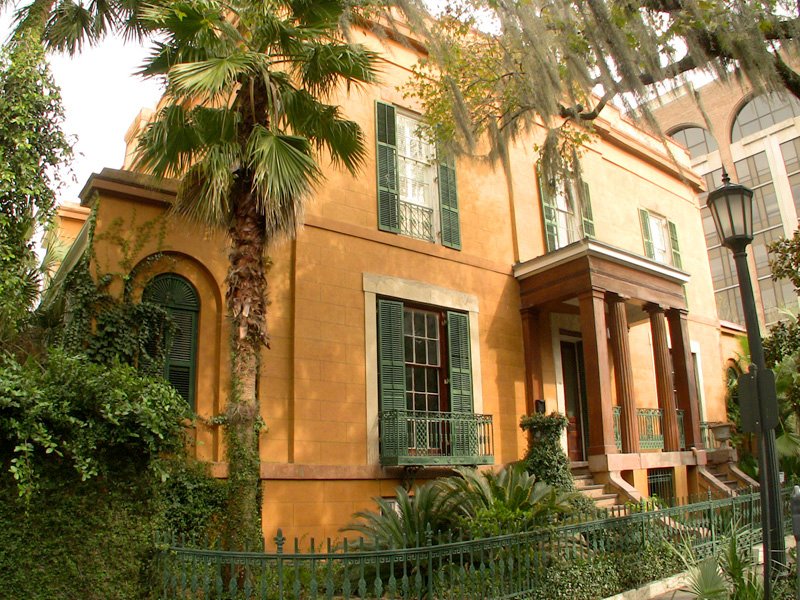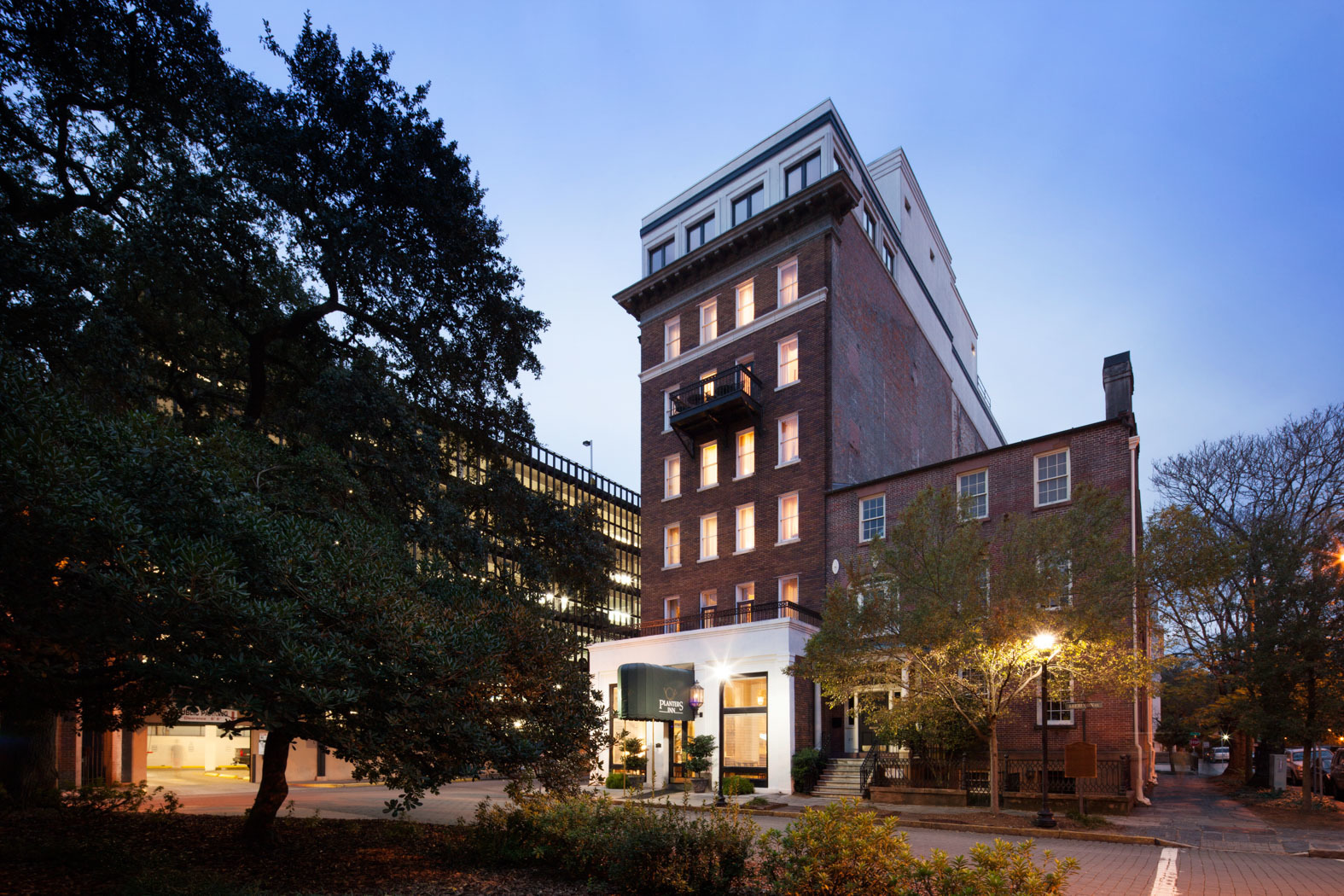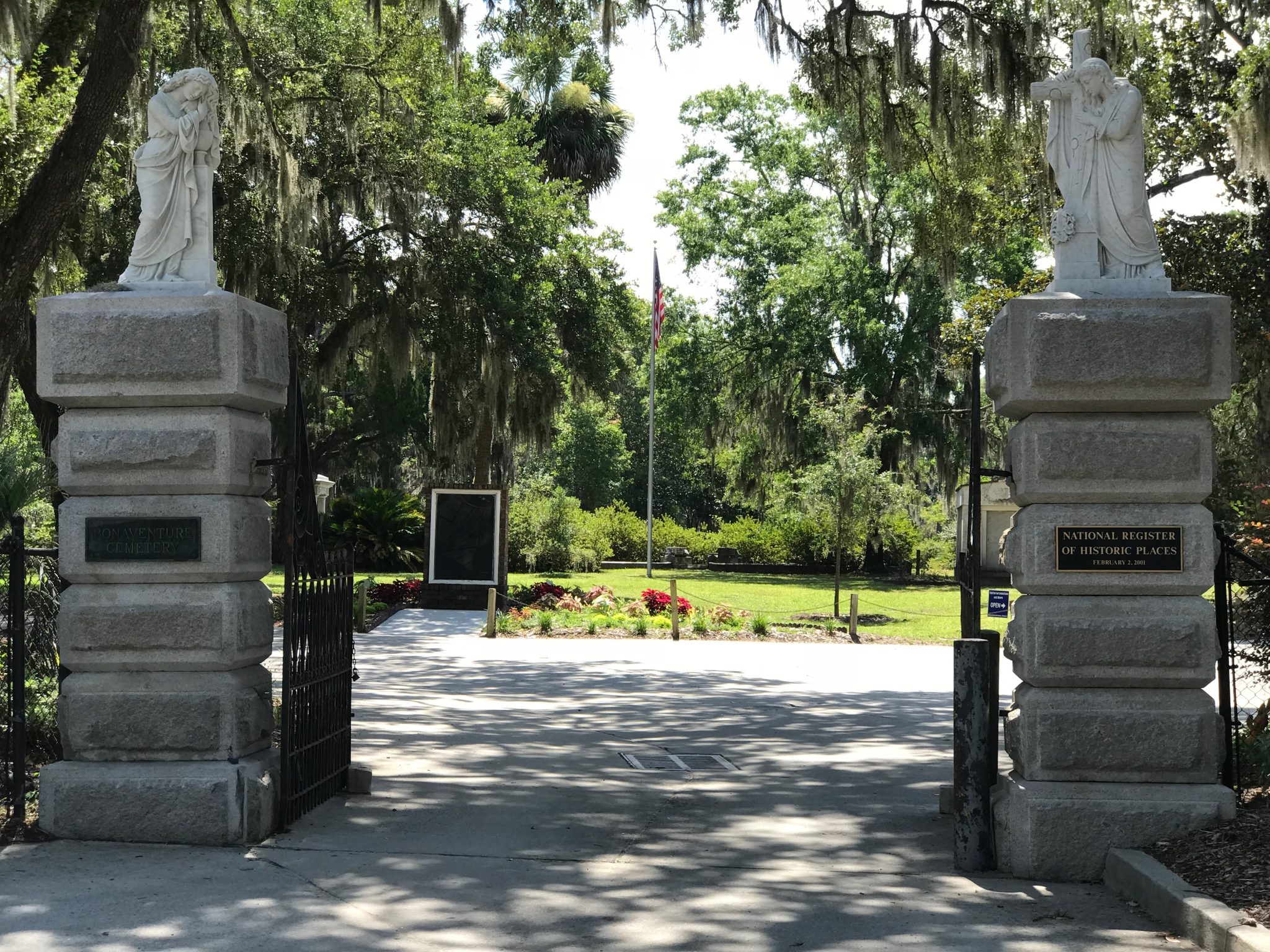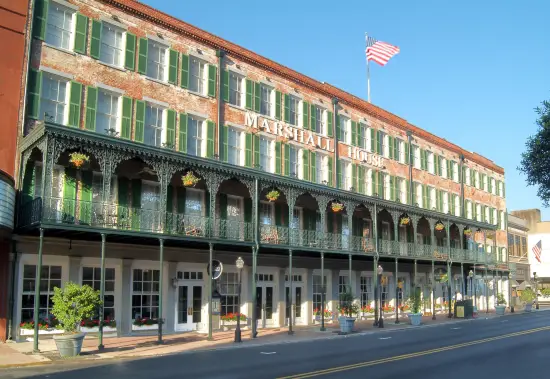In 2016, travel writer David Duran captured the ghostly image of a man during a night tour of the fabled Sorrel Weed House. The photo, which was taken in front of the dining room mirror, reflected a man in long hair and a white shirt. It was later made known that the man was not part of the tour group, and that he was not seen by other visitors when the group was in the dining area.
Comparison of the photos taken by other visitors (including Duran’s friends) in the same time frame further revealed that only Duran had managed the capture a photo of the mysterious figure.
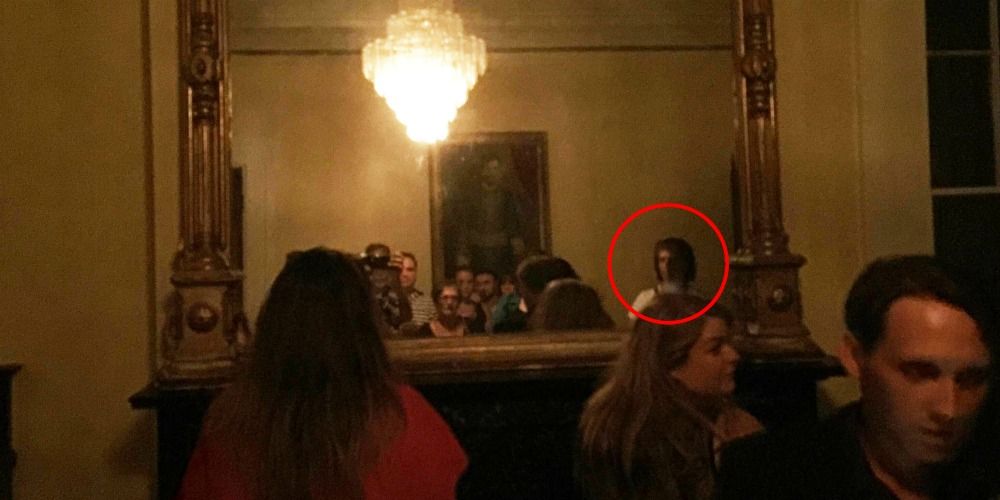
Historic documents indicate that during the American Revolutionary War, the land next to Sorrel Weed House was once the site of the Siege of Savannah. The assault, which took place in October 1779, was supposedly the bloodiest hour of the entire war; over a thousand casualties were recorded within the span of an hour. After the battle, many of the sick and the wounded were buried alive with the dead to save time and precious medical resources. Today, it is said that these bodies remain buried under many of the buildings around Madison Square including Sorrel Weed House.
Some have concluded that the mysterious man, as well as the countless paranormal events that have occurred within the house, were the works of the soldiers who were buried right the property.
A History of Sorrel Weed House
Located at Madison Square in Savannah, Georgia, the Sorrel-Weed House (also known by the locals as the Francis Sorrel House) is a historic landmark that has withstood the test of time to become one of the city’s most iconic building.
Built in 1840 by famous Georgia architect Charles Cluskey—the designer behind the Governor’s Mansion in Milledgeville and the Old Medical College in Augusta—Sorrel Weed House’s Greek Revival architecture was then one of Savannah’s finest house. At 16,000 square feet, the mansion is also one of the largest houses in the city. Over the years, it had grown to become a popular attraction among tourists and the locals.
The Sorrel Weed House is named after the the first two owners of the mansion: Francis Sorrel and Henry D. Weed.
Francis Sorrel is a Haitian immigrant who once worked in Port-au-Prince before being transferred to Baltimore, United States. Francis eventually established a shipping company in Savannah with his supervisor Henry Douglas and made a name for himself. The growth of his company turned Francis into a shipping magnate and prominent leader in the Savannah business community.
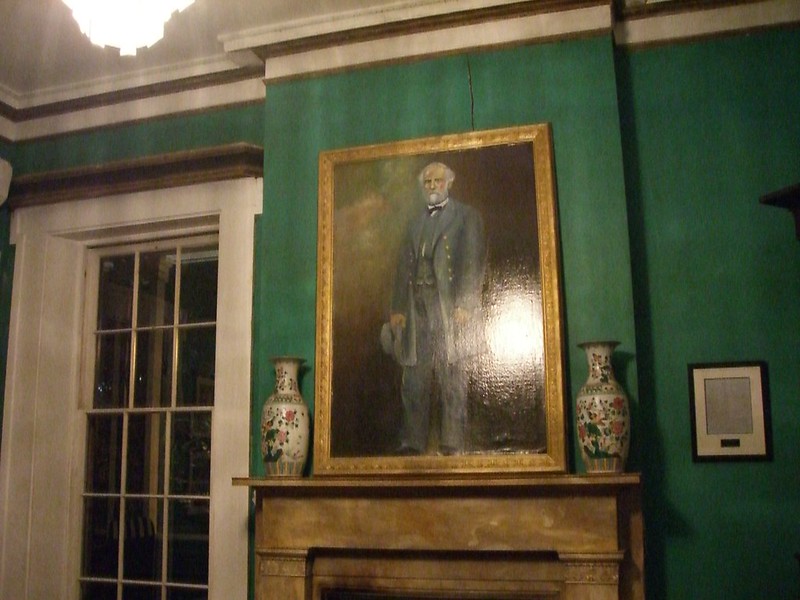
Sorrel Weed House was commissioned by Francis Sorrel for his wife Matilda Sorrel and his family; Matilda is the younger sister of his deceased wife Lucinda Moxley while one of his sons was General Gilbert Moxley Sorrel, a staff officer and Brigadier in the Confederate army.
Within the property is a courtyard that separates the Sorrel Weed house and a carriage house where the slaves owned by the Sorrel family lived.
In 1859, the house was sold to Henry D. Weed, another wealthy businessman in Savannah, for a reported price of $23,000; this is equivalent to $780,000 in today’s dollars. Several additions were made to the house including the replacement of the original Sorrel stairway with a Victorian stairway as well as the demolishment of columns to build a wall for the dining room. The Weed family lived in the Sorrel Weed House till 1914.
The mansion remained vacant for almost 30 years till 1940 when it was opened to the public by the Society for the Preservation of Savannah Landmarks; it is now known as the Historic Savannah Foundation.
In 1954, in recognition of Sorrel Weed house’s historical and architectural significance to the city, it was made a State Landmark by the state of Georgia. Separately in 1994, popular film Forrest Gump featured the rooftop of Sorrel-Weed House in the opening scene.
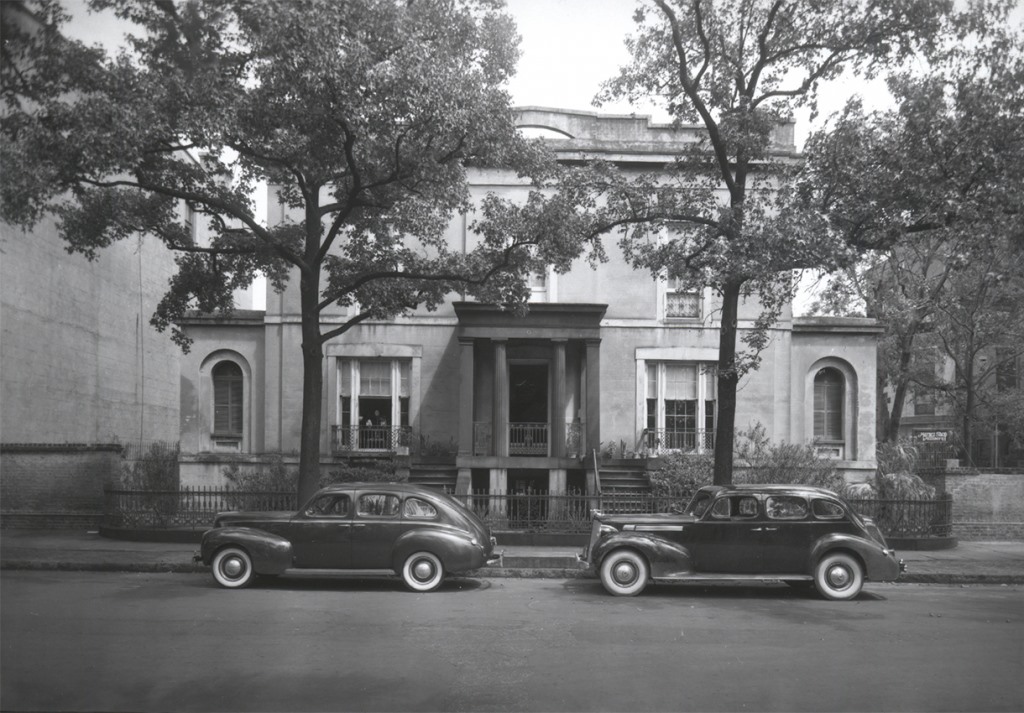
The Infamous Molly’s Room
Molly’s room can be found on the second floor of the carriage house. The ramshackle carriage house was small and in a state of disrepair, presenting a sharp contrast against the luxurious Sorrel Weed house. The house was equipped with the bare minimum for survival: a fireplace, a table, a small cooking area, and a barrel for shower. Each slaves was given a small wooden bed and two blankets.
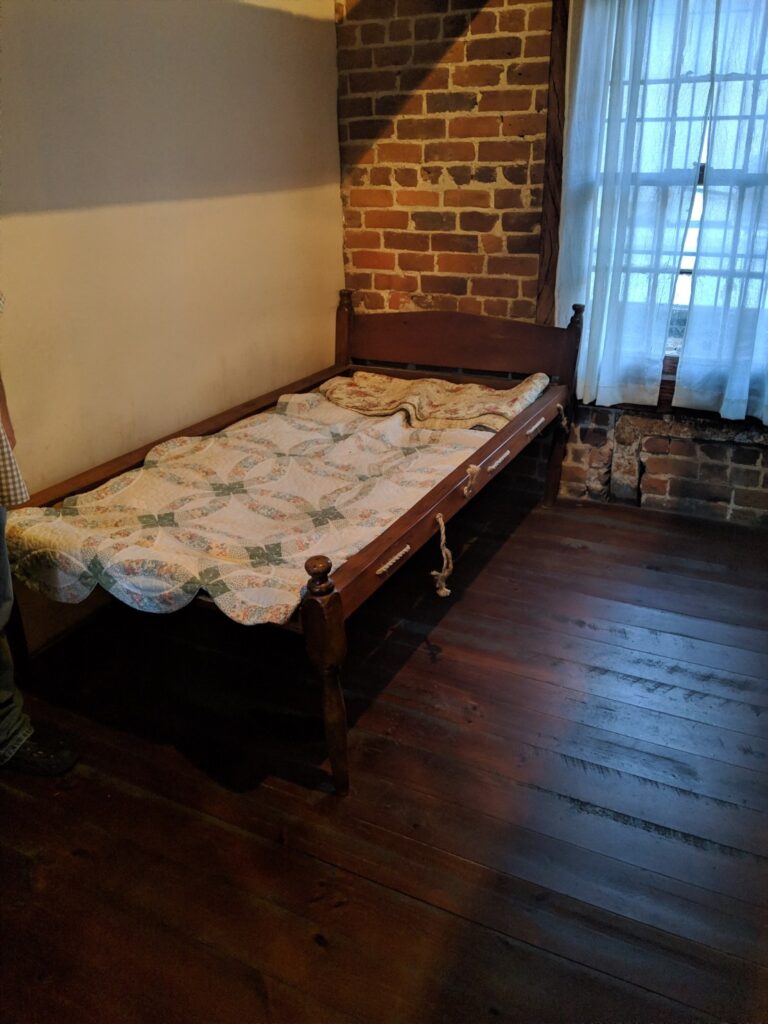
It is said that as many as fifteen slaves were cramped in the carriage house. Molly, one of many slaves kept by the Sorrel family, was given her own individual room on the second floor. It is said that Molly, a nanny for the Sorrel children, was considered a level above the slaves and had considerable authority over the group. The story of Molly’s rumoured affair with Francis would go on to become the centerpiece of Sorrel Weed House haunting legends.
That said, there are no official record about the existence of Molly in the Sorrel Weed house. However, it is known that on a document that listed all the slaves transported by Francis Sorrel, a 28-year-old “black” woman named Molly appeared.
The Apparitions of Molly and Matilda
It is said that Francis Sorrel had an ongoing affair with Molly, one of the slaves owned by the Sorrel family. Molly was even given a special quarters above the carriage so that the two could meet in private.
Eventually, the affair was leaked by one of the slaves to Matilda. Distraught by Francis’s infidelity, Matilda committed suicide by jumping off the window on the second floor; her head was bashed against the stone pavement in the courtyard. Francis however, refuted the story, claiming that she had fainted and fell to her death by accident. An alternative version of the story suggested that Matilda was pushed by Francis in a desperate attempt for him to marry Molly.
After the death of Matilda, Molly was supposedly overcome with guilt. A few weeks later, Molly was found hanging from a noose in the carriage house. Rumors began to spread that it was Francis, one of his children, or the slaves who hanged Molly to revenge for the death of Matilda.
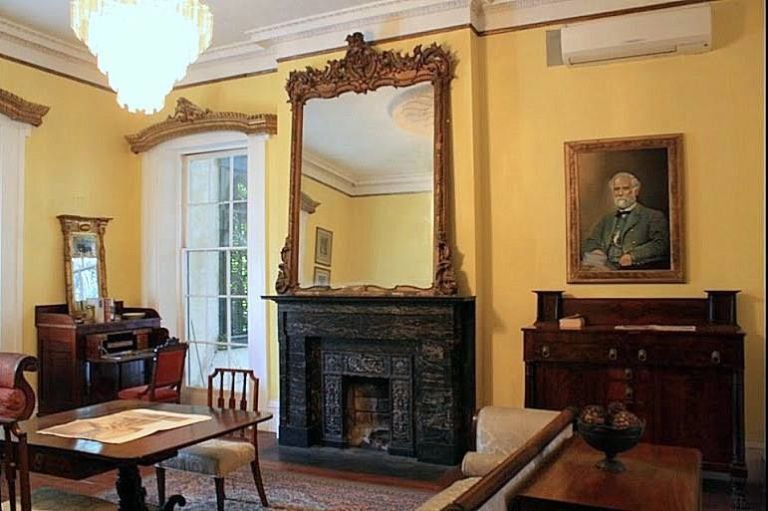
Today, the house is said to be haunted by the ghosts of Molly and Matilda. Visitors have reported seeing dark figures walking along the hallways. In particular, the spirit of Matilda is said to reveal itself in a mirror within the house. In the carriage house where the slaves lived, many have felt a sense of uneasiness and an unexplainable discomfort. Some have also reported breathing difficulties, as if they are being strangled and are reliving the death of Molly.
The numerous paranormal activities that happened in the house have attracted a slew of paranormal investigators including Ghost Hunters from A&E Network, Ghost Adventures and Most Terrifying Places in America from Travel Channel, and Buzzfeed Unsolved from Buzzfeed. Sorrel Weed House have also joined the ranks of other famous haunted places in the area—Mercer-Williams House Museum, Kehoe House, and Marshall House —to make Savannah one of the most haunted cities in the United States.
Who Owns Sorrel Weed House Now?
The property is presently owned by the Old Sorrel Weed House Museum & Tours, a local organization that conducts day and night tour on a daily basis to introduce tourists to the lesser-known side of Sorrel Weed House and the city of Savannah. The Haunted Savannah Ghost Tours remains the most popular tour due to the numerous paranormal activities that goes on in the 180-year-old mansion. Several types of haunted tours are offered by the museum, including the “Ghosts of Sorrel Weed” tour, the “After Hours Paranormal Lock-In” tour, and the annual Halloween Ghost Haunt.
The house was reopened in 2005 as a museum and landmark; it was previously opened in 1940 by the Society for the Preservation of Savannah Landmarks, also known as Historic Savannah Foundation today.

